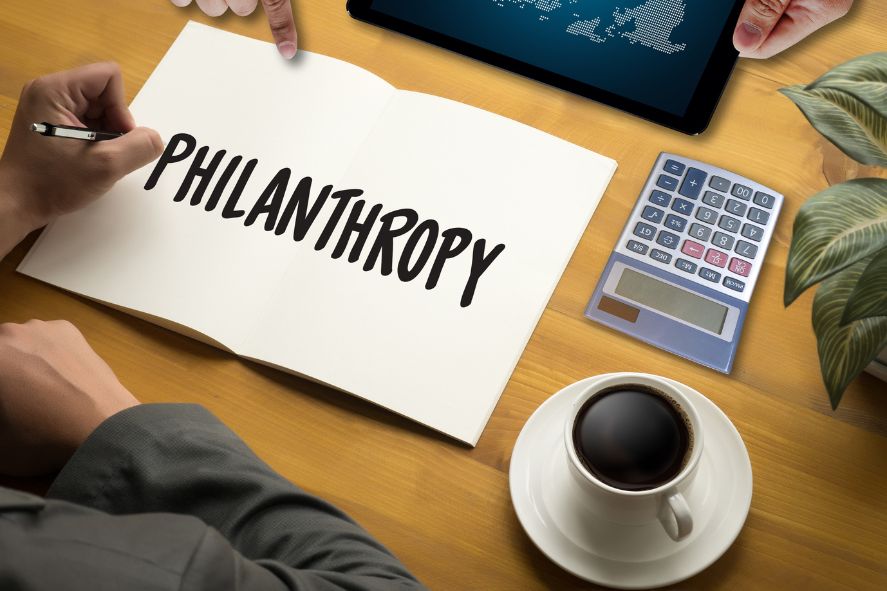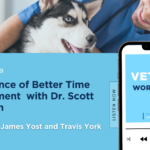
This article appears in Kiplinger.
Philanthropy begins with understanding what makes your heart break, what keeps you up at night and what gets you up in the morning. It’s a thoughtful and intentional way of giving, an exercise that fulfills you and allows you to live in alignment with your purpose. When you give to a cause that you are personally connected to, the satisfaction you feel as a donor is exponentially greater.
Despite the current economic uncertainty, people continue to prioritize charitable giving. The Philanthropy Roundtable estimates that individuals make 80% of philanthropic contributions in the United States. And younger generations are particularly interested in aligning with organizations that share their values and a broader societal purpose. With so much engagement and no shortage of need in the world, it’s important that individuals align their giving strategy with their personal financial goals.
Rather than viewing giving in isolation, it’s better to incorporate it in a holistic financial planning strategy that minimizes taxes and ensures your contributions can have the greatest impact.
Reflective planning for efficient philanthropy
When building a financial plan, it is useful to anchor all strategies in the key areas in which wealth can be activated: grow, protect, give and live. This framework can help to define and drive what’s most important to you, both now and in the future. All areas are important, but prioritization will shift depending on your goals and where you are in life.
Giving efficiently with an eye toward minimizing both income and capital gains taxes will enable your assets to go further and have greater impact. The tax savings realized by an optimal giving strategy could be applied to give even more to the causes that matter to you most. They can also go toward accomplishing other financial goals, such as being reinvested to “grow” or perhaps to “live” a comfortable lifestyle in retirement.
Those who want their philanthropic contributions to be as effective as possible should consider if a donor-advised fund, or DAF, makes sense for them. DAFs are one of the fastest-growing giving vehicles in the United States because they are one of the easiest and most tax-advantageous ways to give to charity.
How donor-advised funds work
It may be difficult to give non-cash assets to charities that are not equipped to accept them. With a DAF, you can contribute cash, as well as stocks and bonds, and are generally eligible to take an immediate tax deduction. These funds can then be invested in securities for tax-free growth. When you’re ready to support your favorite charity, you can easily recommend a grant to any IRS-qualified public charity.
Record keeping is made easy with a DAF, as you must keep only the receipts from your DAF contributions rather than tracking every gift acknowledgment from every charity you support.
When you make a charitable contribution to a DAF, you are eligible for an immediate tax deduction, just as you would be by donating directly to a homeless shelter, food pantry or other public charity. But some donations could make you eligible for additional benefits. For example, if you donate appreciated assets such as stocks, you can avoid capital gains taxes while your investment grows tax-free.
What’s more, you can also incorporate your DAF into estate planning by making a bequest in your will to the DAF sponsor — such as a public foundation — or by making the sponsor a beneficiary. You can support many charities with one bequest by leaving instructions with the DAF sponsor. These gifts can also help reduce or eliminate the potential estate tax burdens.
Beyond individual benefits
I’ve personally seen the compounding impact that a philanthropic vehicle can have on both the individual level and the organizational level. I’ve deployed DAFs within an employee-led philanthropy program, which allocates a portion of our revenue invested into funds for our staff to impact their community. The ability to put structure around giving can accelerate the philanthropic spirit of individuals and groups.
And for those less charitably inclined, or for those who don’t know how they want to prioritize their giving, DAFs can still help maximize their estate, should they envision their legacy as ensuring the financial security of future generations.
Giving looks different person to person, group to group. But to make a difference, the formula is simple: Identify the need you see in the world and then identify the resources you have to match.
A good financial plan is a blueprint for your life and reflective of your values. It’s important to strategically incorporate philanthropic giving into your plan to maximize the impact your resources can have.
As CEO, Heather Fortner, leverages her Master of Science in Professional Counseling to truly listen – to the SignatureFD team, clients, and the industry – to realize the organization’s vision and mission to impact the lives of 10,000 families. A highly sought-after leader in the industry, Fortner is regularly asked to speak on women in leadership, the ever-changing landscape of wealth management, and what it means to break glass ceilings for others.





